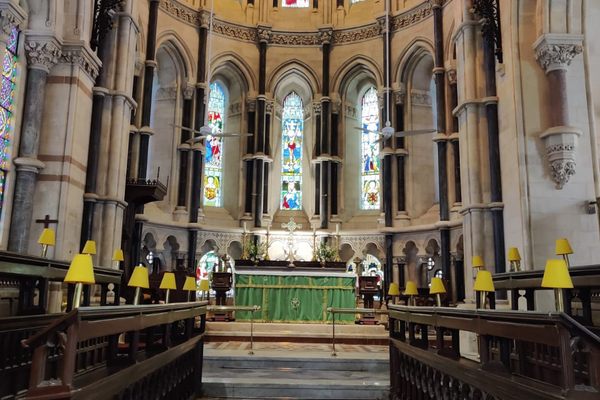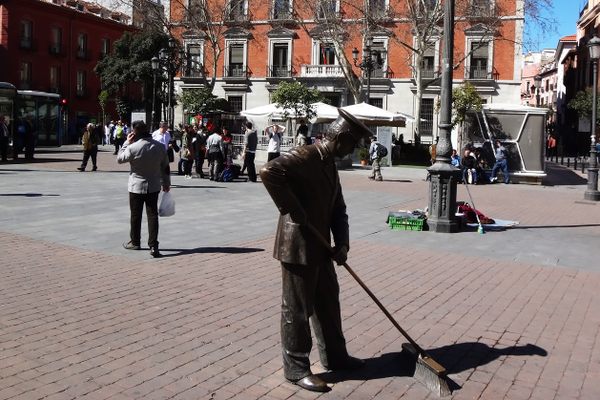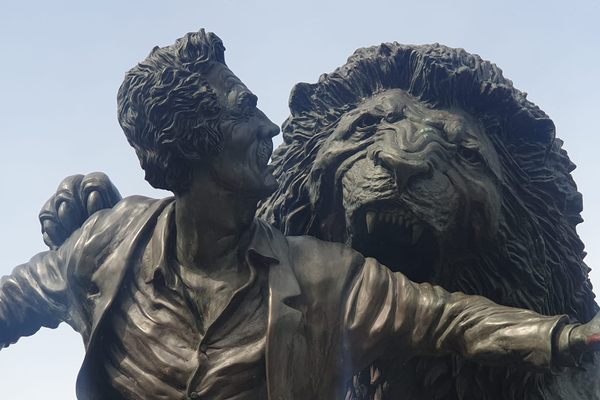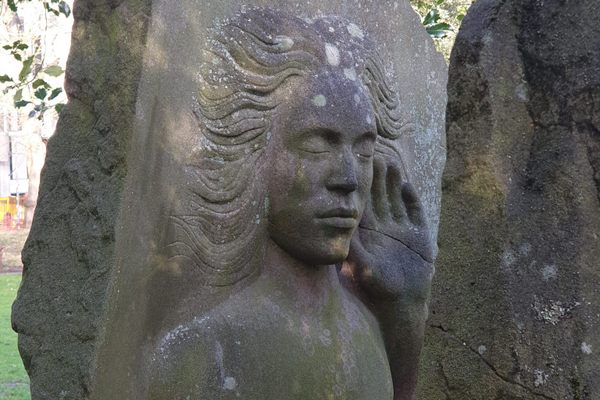Kala Ghoda is the name of the art district of Mumbai. It’s an area filled with museums, libraries, heritage structures, art galleries, cafes, educational institutions, and an annual arts festival.
The name Kala Ghoda means “Black Horse.” The area got its name from a statue of King Edward VII (the then Prince of Wales) that once stood in the area. It was unveiled in June 1879 by Sir Richard Temple, the then Governor of Bombay (now Mumbai). The statue was sculpted by London-based sculptor Sir Joseph Boehm and was gifted to the city as an act of philanthropy by Sir Albert Sassoon, a scion of the Sassoon family. The bronze statue was polished to a black finish, hence the name.
In 1965, the statue was removed from the precinct and relocated to the grounds of Veermata Jijabai Bhosale Udyan, also known as Byculla Zoo (and formerly Victoria Gardens). Thereafter, for many years, the precinct of Kala Ghoda remained without a statue. However, the name remained.
In 2017, residents and stakeholders of the precinct decided to give the area a new mascot, based on the name. A new statue of a riderless black horse was installed not far from the location of the earlier sculpture. The statue is called “The Spirit of Kala Ghoda.” It was funded and erected by the Kala Ghoda Association.
Today, the statue overlooks the bustling precinct and is a symbol of the heritage art district of Mumbai.
Know Before You Go
The statue is at the center of the Kala Ghoda art district and is surrounded by some iconic places like Chhatrapati Shivaji Maharaj Vastu Sangrahalaya (formerly Prince of Wales Museum), Jehangir Art Gallery, National Gallery of Modern Art, Elphinstone College, David Sassoon Library & Reading Room, Army & Navy Building, Esplanade Mansion, and others.






















Follow us on Twitter to get the latest on the world's hidden wonders.
Like us on Facebook to get the latest on the world's hidden wonders.
Follow us on Twitter Like us on Facebook